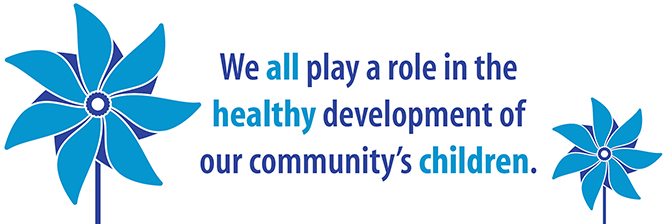
We can Prevent Most Child Abuse from Happening
Posted: June 12, 2019

It’s a topic that no one enjoys talking about: Child Abuse. To think of our young, innocent humans being harmed, especially from someone we know, can be heart-wrenching. Although it’s a tough topic to entertain and natural to want to avoid, consider that this very avoidance could be taking away from the solution.
In light of the national roof sit movement — an initiative that started by spending a week on a local rooftop eating, sleeping, and working to create awareness, education, and facilitate donations for local children of abuse — we’re going to breach the subject. So many times, the cure for abuse in children is reactionary, after the fact. What if we could take a proactive approach and prevent some of these things from happening within our own homes?
BE PROACTIVE
As my husband and I have been going through the adoption process, I’ve been amazed at the amount of “what ifs” it has required us to consider and the amount of planning we’ve done that most likely wouldn’t have been done otherwise. If you’re like us, you may not think about these tragic events until they come rushing back to the forefront of your brain when you hear about them in the news. No one wants to obsess about the unthinkable, and while we certainly can’t prevent every bad situation from happening to our family, we can think ahead. I’m so grateful for the preventative processes our adoption agency has required us to think about and plan out before a situation arises, and I’d love to share them with you. Of the many preventative plans, one is the family safety plan. A family safety plan includes questions like:
1. What plans have you made to prevent emotional and verbal abuse?
2. What plans have you made to prevent physical abuse?
3. What plans have you made to prevent sexual abuse?
4. If your safety plan is not effective, what steps will you take?
Simply sitting down with your spouse or significant other and brainstorming your thoughts on each question together is all it takes. It puts us in a situation of control and empowerment by forcing us to think about how to prevent situations from happening rather than from a reactionary state.
USE CODE WORDS
One strategy to consider as you are brainstorming ideas, is using a code word. A code word is a word that stays between you and your family. If your child gets into a situation they do not feel comfortable in, they can communicate the code word to you and you will come to help them. For example, if your child’s friend asks to have a play date, and the last time your child was at that friend’s house he felt uncomfortable, your child would use the code word to you so he doesn’t hurt his friend’s feelings, meanwhile communicating to you that he doesn’t feel safe going to the play date. This becomes even more important as children get into their teenage years and may find themselves in compromising situations. The security of knowing that you are a lifeline because you’ve always been one code word away benefits you and your child alike!
ESTABLISH GOOD COMMUNICATION
Whether your children are young or older, being proactive requires communicating with your children…about the hard stuff, and doing so early and often. Having conversations around abuse shows your children that there is no topic that’s too big for you to handle and that you are a safe place to go to for help-not only for themselves, but also for others that may be suffering from abuse. Having a one-time conversation is a great start, and having age-appropriate conversations regularly will solidify the safety they feel within your family even more effectively. Take it a step further by surrounding your children with people and resources that are communicating the same message you are — there are multiple types of abuse and there are people in their lives they can talk to and that are there to help.
At Star, during our “Trust Your Intuition” segment, our instructors teach students about boundary setting, good touch/bad touch, if in doubt, get out, and what to do if you’re lost. We teach stranger danger, acquaintance danger and self defense in ways that improve confidence and empower our students to be aware, get help and protect themselves when necessary. Try a free class or take advantage of our offer to try our program for two months for only $99!
